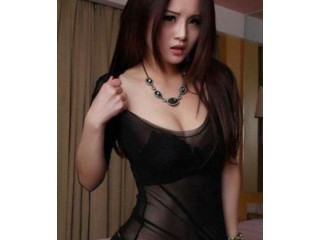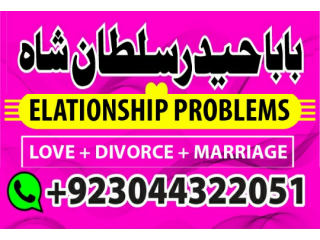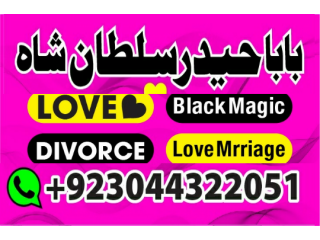A Guide to the Manufacturing Production Process Private
1 year ago - Multimedia - Warangal - 107 viewsWhen a manufacturing company begins production of a new material, it has a choice as to the manufacturing process it uses. The type of process depends on the facility, the staff, and the information systems available. Each process has its advantages and some are best at certain tasks, for example, large batches of finished goods, or small numbers of custom items. When the decision is being considered about which manufacturing process to use, there are a number of questions that should be asked; what are the volumes to be produced, what are the requirements to make the product, and does the company manufacture a similar product? There are a number of basic manufacturing processes that they can select from; production line, continuous flow, custom manufacturing, and fixed position manufacturing.
Production Line
A production line is a traditional method which people associate with manufacturing. The production line is arranged so that the product is moved sequentially along the line and stops at work centers along the line where an operation is performed. The item may move along some kind of conveyor, or be moved manually by staff or forklift. For example, operations along the production line could include assembly, painting, drying, testing, and packaging. If needed, some parts can be removed from the production line and stored as semi-finished goods.
The production line manufacturing process is very suited to high volume manufacturing of a single product or product group. For example, a production line may be used to manufacture a range of vacuum cleaners, where the only difference between the models is the color of the plastic assembly and the attachments that are included in the final product.
There are disadvantages to using the production line manufacturing process. The fact that the production line manufactures a single product or similar products limits its ability to manufacture anything else. For example, if the company manufacturing vacuums wanted to make kitchen mops, it would not be able to use the same production line. The second issue with production lines is that there is a high cost involved in the initial setup of the production line and it requires a large volume of goods to be produced to justify the capital investment.
The continuous flow manufacturing process is similar to the production line, but the products that are manufactured cannot be removed from the production line and stored, but require to have been through each process. For example, materials that are suited to continuous flow include chemicals, pharmaceuticals, and plastics. The continuous flow process is more inflexible than a production line as it does not allow for other materials to be produced on the line without significant changes and the cost involved.



















